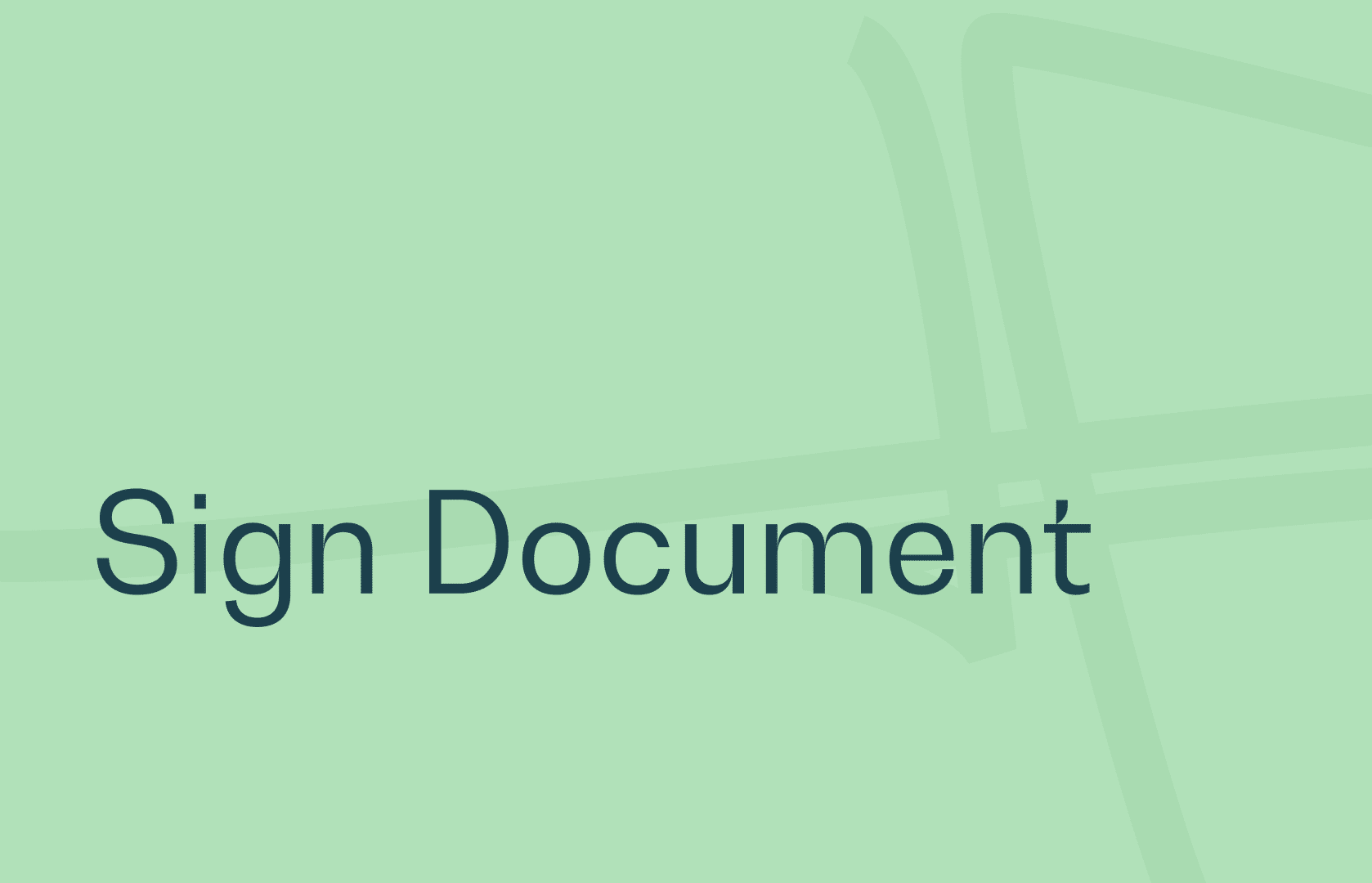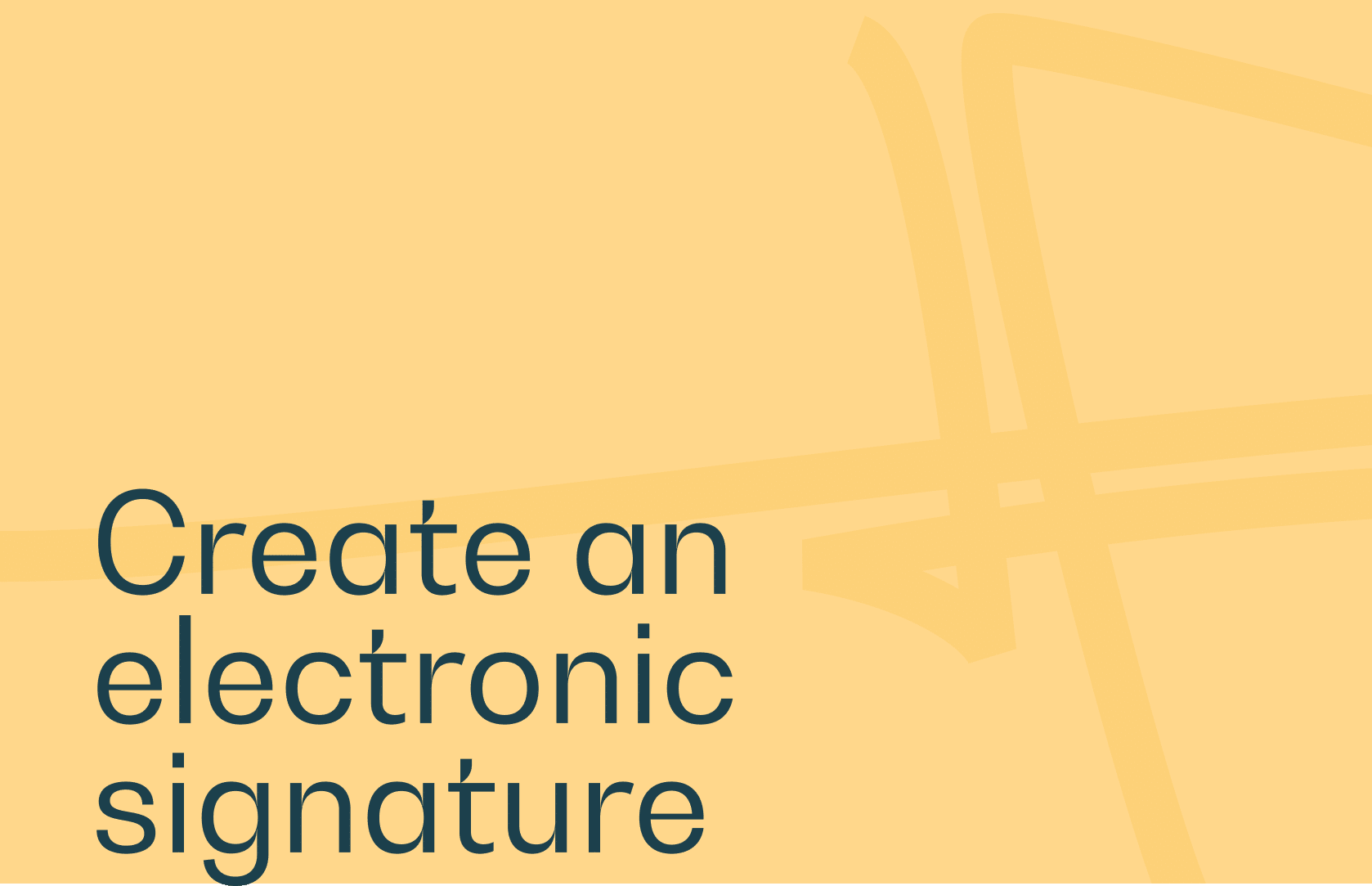What is an electronic signature?
An electronic signature is a method of authenticating the integrity and origin of an electronic document or online transaction. Unlike a traditional handwritten signature on paper, an electronic signature is a digital version that ensures the validity and non-alteration of the signed document.
The electronic signature uses cryptographic techniques to create a unique identifier linked to the signatory and the document. It relies on digital certificates, which are electronic files issued by a certification authority that attest to the identity of the signatory.
The main characteristics of electronic signatures are :
- Authentication: Allows the signatory to be uniquely and reliably identified, thus preventing identity theft.
- Integrity: Guarantees that the document has not been modified since it was signed, by checking whether any alterations have been made.
- Non-repudiation: Once a document has been electronically signed, the signatory cannot deny having signed it, as the electronic signature is irrefutably linked to the signatory.
- Security: Electronic signatures use robust cryptographic algorithms to protect the data and information linked to the signature.
How do I sign a document electronically?
To sign a document electronically, you have several options, the main ones being :
- Scanned handwritten signature: You can print out the document, sign it by hand and then scan it to obtain an electronic copy with your signature. You can use a scanner or a scanning application on your phone or tablet.
- Digital signature: The digital signature uses cryptographic methods to guarantee the authenticity of the document and the signature. It’s important to note that a digital signature is different from a simple image of your scanned signature. To create a digital signature, you can use electronic signature certification services or specific software.
- Digital signature applications: Many online applications and platforms offer digital signature services. They enable you to upload your document, place your electronic signature in the appropriate place, and save the electronically signed document.
- Digital certificates: A digital certificate is an electronic file that attests to your identity and is used to securely sign documents digitally. Digital certificates can be obtained from certification authorities.
What are the advantages of electronic signatures?
Electronic signatures offer many advantages over traditional paper signatures.
- Time-saving: Electronic signatures enable documents to be signed instantly, without the need for printing, scanning or mailing. This speeds up the signing process considerably, enabling transactions to be completed more quickly.
- Cost savings: By eliminating the need for paper, ink and postage, electronic signatures help reduce the costs associated with physical document management.
- Accessibility: You can sign documents electronically from any Internet-connected device, whether computer, tablet or smartphone. This makes signing easier for people far from home.
- Security: Electronic signatures use advanced cryptographic methods to ensure the authenticity, integrity and non-repudiation of the signed document. This enhances security and reduces the risk of signature forgery.
- Traceability: Electronic signatures leave an audit trail of who signed the document and when. This can be useful for compliance and tracking purposes.
What type of electronic signature should I use?
The type of electronic signature to be used depends on the specific requirements of your situation, the regulations in force in your country or jurisdiction, and the desired level of security and validation for the document to be signed.
- Simple electronic signature: This is a basic electronic signature that can be as simple as a scanned image of your handwritten signature. Although this type of signature is easy to implement, it may not be as secure as other electronic signature methods.
- Advanced electronic signature: This method uses cryptographic techniques to guarantee document integrity and uniquely link the signature to the signatory. Digital certificates are generally used to create an advanced electronic signature.
- Digital signature: The digital signature uses advanced cryptographic algorithms to create a secure electronic signature that guarantees the authenticity, integrity and non–repudiation of the document. Digital signatures are often used in contexts where high security is required, such as financial transactions or legally binding documents.
- Qualified electronic signature: In some jurisdictions, a qualified electronic signature has a legal value equivalent to that of a handwritten signature. These signatures must comply with strict standards defined by local regulations, and be associated with a qualified certificate issued by an accredited certification authority.
The choice of electronic signature type will depend on the nature of the document, the importance of the transaction, legal and security requirements, and the tools and services available for signing electronically.




